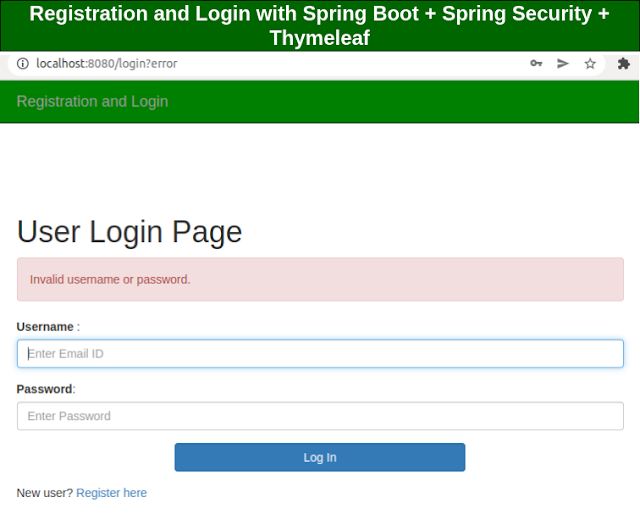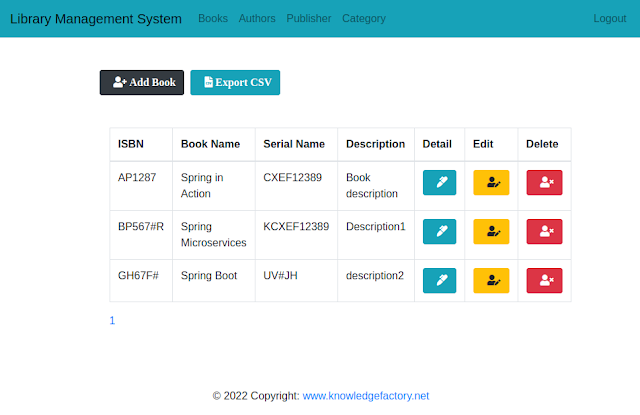Custom Result Set Mapping in Spring Data JPA: Native Query to DTO Mapping Guide
In Spring Data JPA, when working with native queries, the default result mapping may not be sufficient if the query returns a result that doesn't map directly to an entity or needs additional customization. For this purpose, you can use Result Set Mapping to create custom mappings for native query results.
Below is a step-by-step guide to implement Result Set Mapping in Spring Data JPA from scratch:
1. Use @SqlResultSetMapping for Custom Mapping
You can define a custom result set mapping using the @SqlResultSetMapping annotation. This can be used to map query results to either:
- Entities
- Scalar values
- DTOs
2. Define the Entity and DTO Classes
Let's assume you have an Employee entity and want to map a custom result (e.g., only name and salary) into a DTO.
Entity Class
DTO Class
3. Define Custom Mapping Using @SqlResultSetMapping
You define custom mappings at the entity level using @SqlResultSetMapping. This is typically done for scalar values or DTOs.
Add @SqlResultSetMapping to the Employee entity:
@SqlResultSetMapping: Defines the mapping for the native query results.@ConstructorResult: Maps query results to the constructor of theEmployeeDTO.@ColumnResult: Maps individual columns from the result set to parameters in the constructor.
4. Write the Native Query
Use the @NamedNativeQuery annotation or Spring Data JPA repository to execute the query.
Add the @NamedNativeQuery:
@NamedNativeQuery: Defines the query and the mapping to be used.resultSetMapping: Specifies the@SqlResultSetMappingname.
5. Execute the Query Using the Repository
Create a repository to execute the query.
Repository Interface
6. Test the Implementation
You can now test the implementation by calling the repository method.
Test Code
Summary of Annotations
@SqlResultSetMapping: Custom mapping for the query results.@ColumnResult: Maps columns to constructor parameters or fields.@ConstructorResult: Maps the result to a DTO.@NamedNativeQuery: Defines the native query and its mapping.









